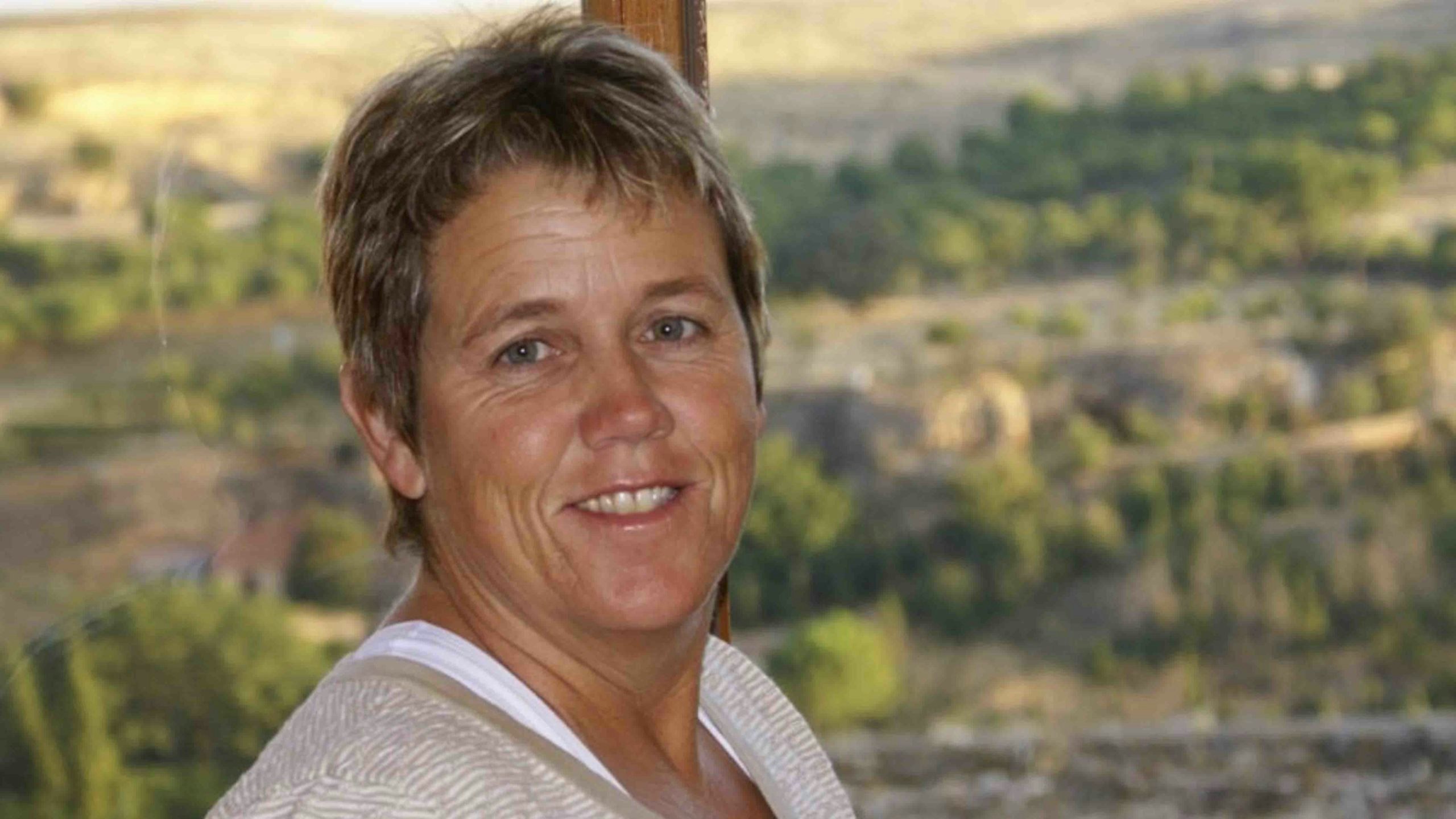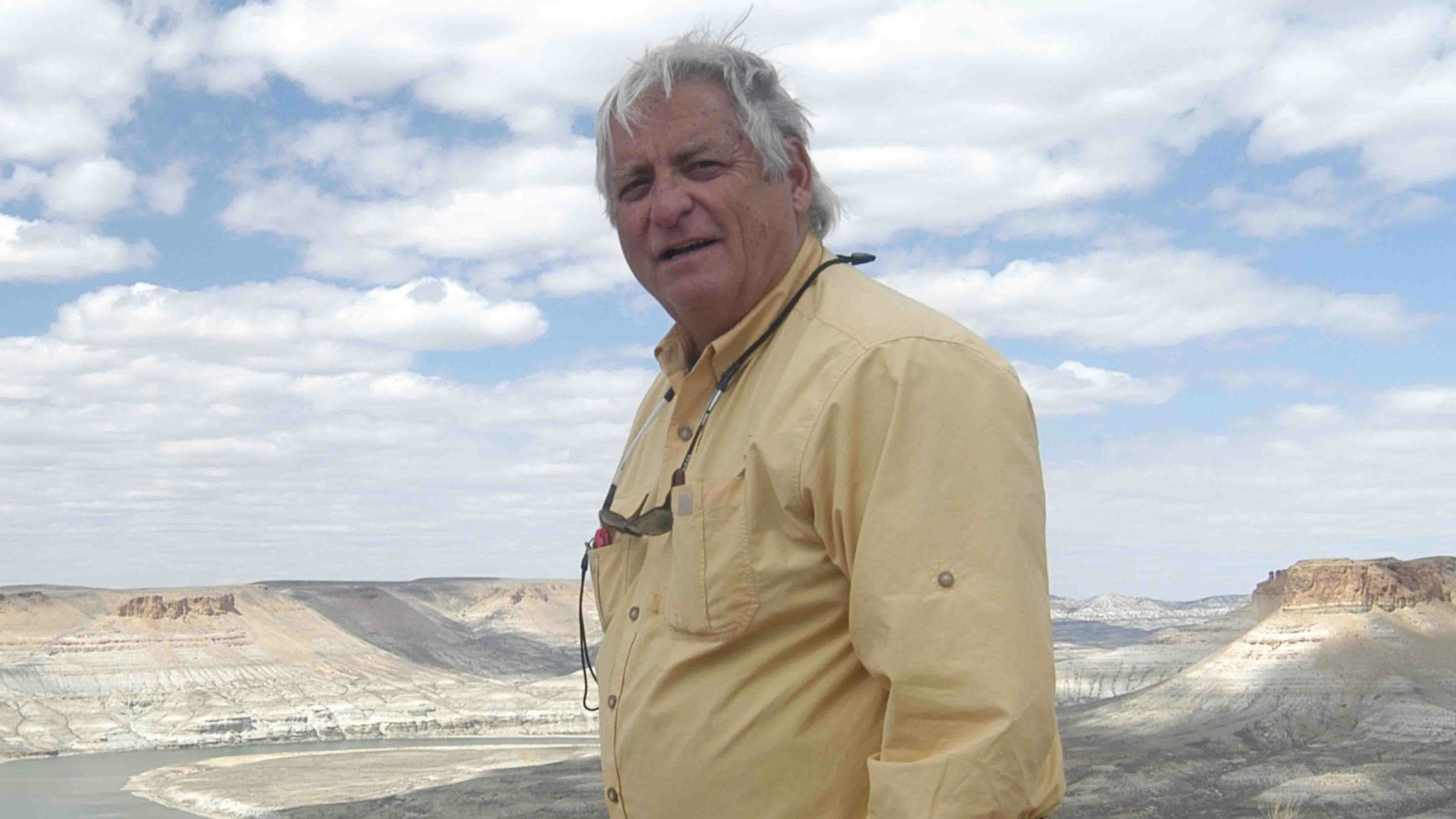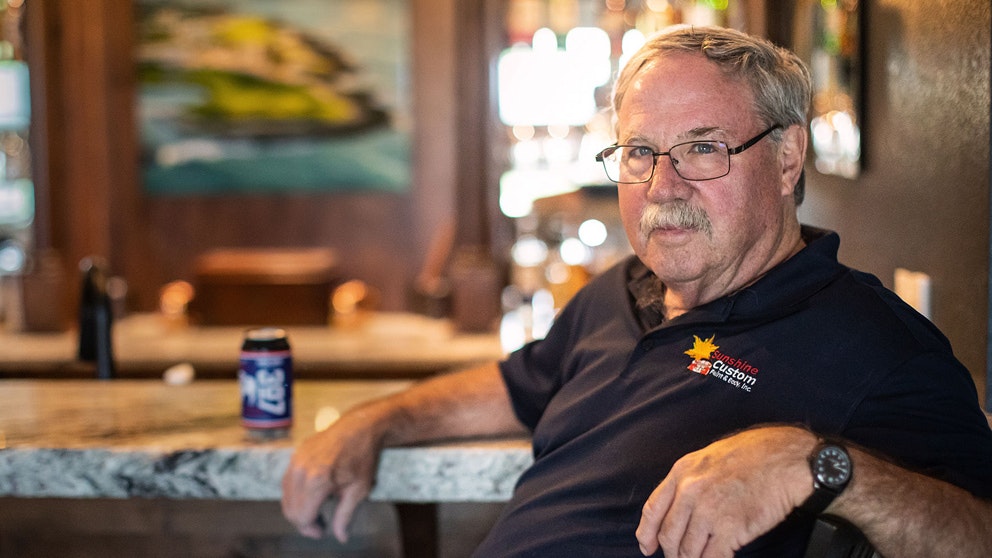Colorado completed the transfer of 10 wolves into the state last week after the animals were captured in Oregon. For the people involved, it was framed as a success, a joyful occasion at an invitation-only event. For the rest of the public, the release details were kept secret, and many livestock producers were in the middle of a meeting with state wildlife officials when it was announced that the release of the first five wolves had taken place.
Step 1: Ignore History
On Monday, Dec. 18, Colorado Governor Jared Polis declared, “Today, history was made in Colorado. For the first time since the 1940s, the howl of wolves will officially return to western Colorado.” Of course, Colorado already had wolves, as Governor Polis has informed the public since wolves were confirmed back in 2019, with other updates since. But sure, only when five wolves were released by the governor were wolves officially returned.
Step 2: Private Party
Colorado Public Radio reported that the first of the wolf releases was kept secret from all but about 45 invited guests including Governor Polis, his husband, and top wolf advocates from around Colorado, as well as a few representatives of the media.
According to the Colorado news pool report of the event, “The crowd watched in awed silence, then some hugged each other and low murmurs started up. … When it all ended, viewers let out their breaths and small applause broke out.”
The release location had been kept secret, the pool report noted, because state wildlife officials “may reuse the release site and is concerned about protestors or the public attempting to stop or watch future releases.” Within a few hours, the location was posted on a hand-written sign outside a post office not far from the release site.
Meanwhile, two counties away in Craig, Colorado Parks and Wildlife officials were making presentations to ranchers at a previously scheduled “Wolf Update for Livestock Producers” meeting hosted by Colorado State University Extension. Steamboat Radio reported, “Halfway through the meeting, CPW Area Manager Kris Middledorf told the ranchers that five wolves had just been released a few hours earlier, onto public land in Grand County.” When 9News contacted local elected officials (mayor, county commissioners and legislator) and learned none had been told about the release beforehand.
Step 3: Get the Facts Wrong
After the first five wolves were released, Colorado Parks and Wildlife (CPW) issued a press release providing the details about the five wolves, stating that four “juvenile” wolves were released alongside an adult male wolf, and noted the names of the Oregon wolf packs from which they had originated.
It wasn’t until the end of the week that CPW clarified that the “juvenile” wolves were actually 20 months of age and thereafter called “yearlings,” and that its biologists “were careful to select yearling and adult wolves that are mature enough to hunt prey on their own.”
Between the Monday and Friday CPW press releases, Rachel Gabel of the agricultural publication, The Fence Post, had traced the first of the wolves released into Colorado back to their packs of origin in Oregon and put out a well-reported news article you can read here.
In summary, two of the wolves came from the Five Points Pack which has been responsible for chronic livestock depredations in Oregon, and Oregon wildlife officials had killed other members of this pack over the summer. In addition, the adult male wolf moved to Colorado came from a pack that had confirmed cattle kills in Oregon in both September and October.
Why was it important to know whether the wolves were juveniles or yearlings? Because if the animals were this year’s pups, they wouldn’t have been old enough to have been involved in livestock depredations this year. But as it turns out, they were old enough.
Step 4: Ignore Your Own Message
CWP issued another press release at the close of business on Friday, Dec. 23, to announce that it had successfully released five more wolves and had updated its list with their ages and pack origins.
Two of the wolves came from the Five Points pack that racked up three confirmed calf depredations, four of the wolves came from the Noregaard pack that had one confirmed kill and one possible kill in June, one wolf came from the Desolation pack that was confirmed to have killed two young calves, and two wolves came from the Wenaha pack that had confirmed kills in September and October. One wolf released into Colorado come from a wolf pack that wasn’t confirmed as being involved in livestock depredations in 2023, and that’s because she wasn’t listed as being from any pack.
In summary, Colorado released a total of 10 wolves – all but one from confirmed cattle-killing packs, according to information from Oregon wolf depredation records. What on earth could be wrong with that?
Over the last two years the message to Colorado livestock producers has been to do all they can to reduce the risk of livestock depredations, and producers have been stepping up to do that. The words “conflict minimization” is repeated 176 times in Colorado’s wolf plan. So when the same agency then takes an action that appears to increase the risk of conflict to livestock producers, what message does that relay?
With its decision to release wolves from packs with a known history of livestock depredations, Colorado put its own livestock producers into a higher risk situation than it needed to. Bringing in wolves from packs that are already known as livestock killers raises the risk for repeat performance. That’s not just my opinion.
CPW’s Technical Working Group (TWG) on the reintroduction program wrote this into its final recommendations to the agency: “No wolf should be translocated that has a known history of chronic depredation, and sourcing from geographic areas with chronic depredation events should not occur.”
The TWG wrote: “There is nuance in determining depredation habits, with consideration of trends in the behavior of an individual and a pack. If a wolf is depredating livestock, the pack it belongs to is likely to depredate as well; additionally, if a pack is depredating, it is difficult to exclude one individual as non-depredating. A known wolf or pack of wolves that have been identified as chronic depredators by the source location should not be used for translocation to Colorado.” (Citations omitted)
TWG added, “If a pack has had infrequent depredation events, as opposed to a chronic and well-known tendency to depredate, this should not, from a technical perspective, necessarily exclude consideration of a wolf or pack as a potential donor. However, from a social perspective, striving to use wolves with no known history of depredation is recommended.”
CPW wasn’t up front in telling the public about the depredation history of the packs the newly released wolves originated. It was Rachel Gabel who dug into the details and told the public what she’d found.
Step 5: How Dare You Question the Narrative!
Since Rachel Gabel put a dent into the official rosy narrative of the wolf translocation program, CPW is having to respond to questions about why it sourced wolves from livestock-killing packs. But I’ll let Rachel get around to telling that story later this week in The Fence Post.
It’s no wonder Colorado livestock producers are mad about the situation and are thankful for Rachel’s reporting above the official narrative. But another high-profile Coloradan isn’t pleased.
Colorado’s First Gentleman Marlon Reis decided to spend the weekend before Christmas launching a very public slander attack on Rachel Gable for her reporting on the wolf release.
On his Facebook page, Reis repeatedly warns “never trust anything Rachel Gabel writes” and accuses Rachel of having a goal “which is not to report the truth, but to inspire fear.” He posted: “I’ll never understand how she got hired as a journalist. The fact that larger media outlets without questioning how she arrived at such sweeping conclusions only compounds the problem.”
In response to his being called out for making a personal attack, Reis wrote: “Rachel has been resorting to personal attacks for years. But that’s not what bothers me. What bothers me one-sided and negative her reporting is on ANYTHING relating to the wellbeing of animals.” He claims her reporting is “in opposition to any protection of any kind. I’ve never seen her write a pro-animal article,” but “extreme anti-animal propaganda.” He added comments about “shoddy journalism on the part of a person who specializes in it,” and later refers to “yellow journalism.”
“And the tragedy of it is that so many mainstream media outlets picked it up and amplified its cynical message. She did a lot of damage. Hopefully, some of the dialog from this thread helped to diffuse the fear she inspired.”
But as it turns out, Reis wasn’t really interested in dialog.
After his flurry of Christmas weekend posts, but by about 9:30 a.m. Christmas morning, those posts were gone – hidden from Facebook users. His damaging statements about Rachel were hidden, as were any other comments that questioned the wisdom of Colorado’s effort. Of the nearly 180 comments, only about 40-50 were left public, and only those were only the ones that praised the reintroduction.
This cowardly action was taken by a person who identifies himself alternately as a “government official” and “public figure” and whose Facebook page lists his major life event as “Started New Job at State of Colorado” on the day of his husband’s inauguration as Colorado Governor. Although Reis has attempted to erase this slanderous attack on Rachel Gabel, I took screenshots of them, anticipating that he may regret sharing his views so publicly.
Although Reis stated to his followers that a CPW press release “details everything you need to know about the reintroduction of gray wolves into Colorado over the past week,” he’s flat wrong.
What’s Next
I’ve criticized the way Colorado has conducted its wolf reintroduction program based on my view that the state’s decision increased the risk of livestock conflicts (by releasing wolves from known livestock depredating packs). But we don’t know what will happen next.
If the past is prologue, consider the case of the two remaining wolves from the pack near Wyoming’s border and the agency’s refusal to remove these wolves despite their chronic livestock depredations. One of the wolves has killed or injured 13 cattle and 4 dogs, while the other was involved in all these attacks but one, in addition to killing 3 lambs in November.
Livestock producer concerns about potential conflicts are legitimate and this is not the way to build confidence that conflicts will be resolved.
Cat Urbigkit is an author and rancher who lives on the range in Sublette County, Wyoming. Her column, Range Writing, appears weekly in Cowboy State Daily.





